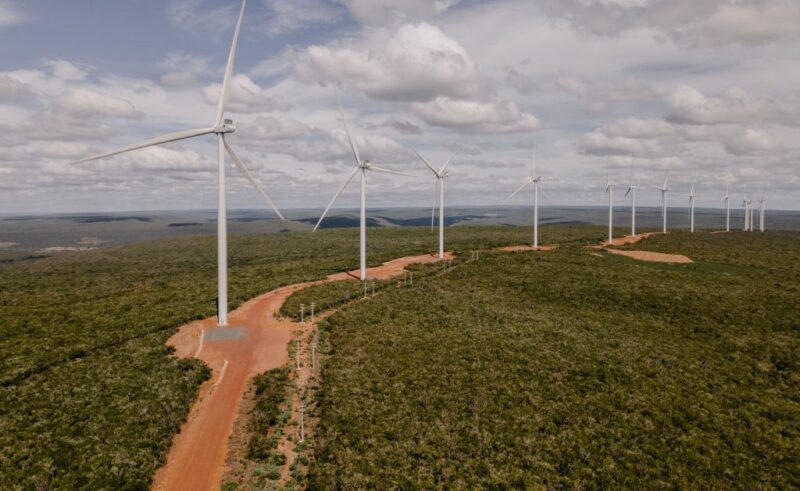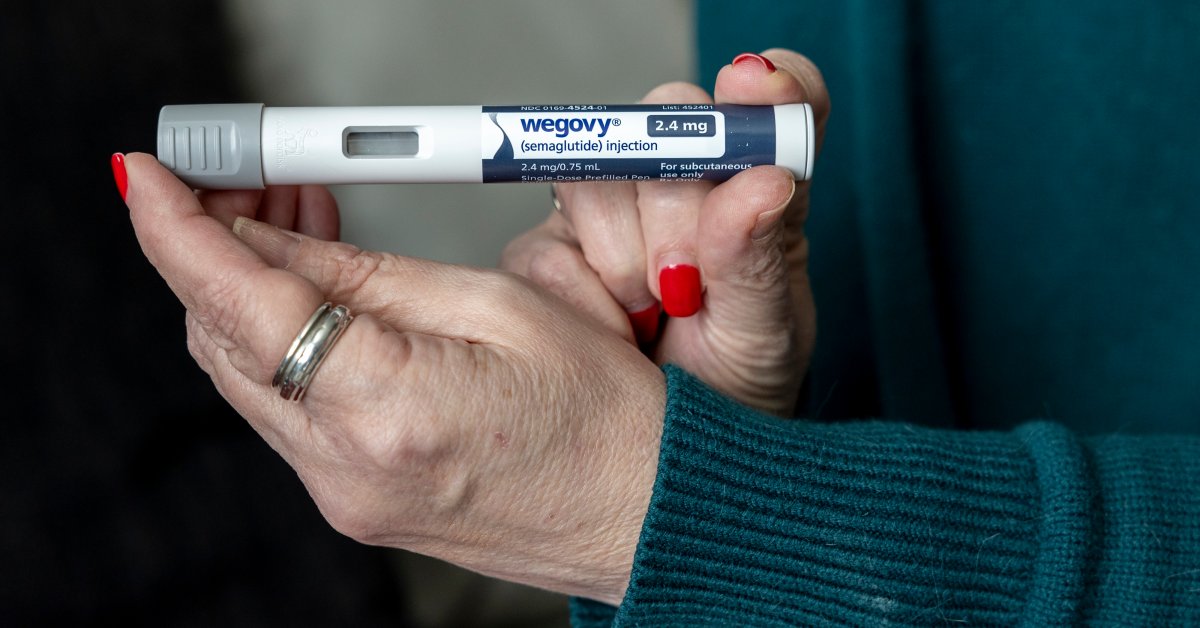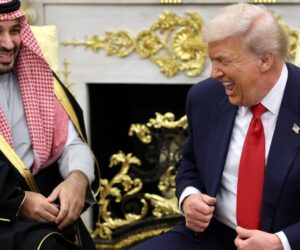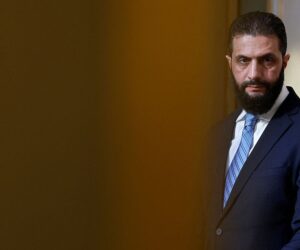As the world accelerates efforts toward carbon neutrality, it is becoming increasingly clear that developing countries will play a defining role in the success—or failure—of the global energy transition. While many of these countries are rich in renewable resources and are making strong political commitments to scale up their deployment, investment levels remain far lower than in the developed world.
In fact, only 2% of the $807 billion invested in renewables globally reached the least developed countries in 2024.
Despite recent efforts to increase the financial resources allocated by governments, worldwide public sector finance will be insufficient to meet energy transition investment needs. Public funds must therefore be complemented by private sector support. However, attracting private investment is especially difficult for developing and emerging economies because of higher perceived risks (whether real or otherwise) and unpredictable returns.
With more than 75% of renewable energy investments coming from private sources from 2013 and 2020, and most of this capital preferring mature markets, strengthening investor confidence in developing and emerging markets is critical to scale-up progress.
Energy planning that incorporates implementable financial strategies can be transformative. In many countries, planning is still treated as a standalone technical task, disconnected from decision-making processes and investment flows. But when approached as a strategic and collaborative process, energy planning reduces risk, signals long-term policy commitment, and builds the investor confidence needed to mobilize finance at scale.
This is not theory—Brazil has shown how this can work in practice. Through integrated planning and coordinated financial strategies, the country has attracted private capital, scaled up renewables, and strengthened domestic supply chains.
Development finance institutions, such as the Brazilian National Development Bank (BNDES), were engaged early in the planning process, helping to ensure coherence between policy objectives and financial instruments. This early coordination helps create the stable, predictable and transparent environment that private investors seek. Today, Brazil has one of the cleanest energy mixes in the world, with around 90% of its electricity and half of its total energy supply coming from renewable sources.
Institutions such as Brazil’s Energy Research Office and national regulatory agencies bring the required resources and skills to support the country’s Energy Ministry with planning, development, and implementation. The regularity of renewable energy auctions also provide clear investment signals and support the development of a robust project pipeline. A stable regulatory framework and clearly defined institutional roles contributes to improved coordination among stakeholders. The use of planning tools such as the National Energy Balance, the Ten-Year Energy Expansion Plan, and the Long-term Energy Strategy, have also been pivotal at enabling data-driven decision making and long-term scenario analysis.
In contrast, many developing countries lack the institutional capacity and resources to fully utilize energy planning tools. In some cases, the planning process is fragmented across agencies and developed in isolation from broader development strategies. In others, limited access to data, modelling tools, and technical expertise hinders the translation of energy and climate goals into implementable pathways. Financial actors are often involved late in the process, disconnecting theoretical planning from practical follow-through.
To address this gap, Brazil’s government and the International Renewable Energy Agency (IRENA) recently launched the Global Coalition for Energy Planning (GCEP). The idea emerged from Brazil’s 2024 G20 Presidency and aims to find ways to support countries in developing robust, investment-ready energy plans that can attract private capital to boost renewable energy growth in the developing world. While GCEP is inspired by the Brazilian experience, it does not aim to export it as a model. Instead, it seeks to co-develop tailored solutions that reflect national contexts, capabilities, and priorities.
We are reaching an inflection point. To keep the Paris Agreement alive, and in line with the outcomes of the first Global Stocktake at the 2023 U.N. climate conference in Dubai known as COP28, the world agreed to triple renewable power capacity by 2030. With Nationally Determined Contributions (NDCs)—which outline national plans to reduce greenhouse gas emissions under the Paris Agreement—still being submitted at COP30, the conference will show whether governments have responded seriously to the task at hand. By demonstrating that the energy transition is not a cost, but a strategic investment in energy security and socio-economic development, we can empower countries to present more ambitious renewable energy targets.
However, targets are only meaningful to the extent that they can be realized. This means investing not only in renewable power generation, but also in the grids and infrastructure that can enable its deployment at scale.
The world has the technology, the know-how, and the incentive to accelerate the shift to a renewables-based energy system. But to make this happen, countries must bridge the gap between ambition and action—moving the conversation on energy and climate from slogans and aspirations to concrete, pragmatic implementation. That means developing credible, investment-ready plans that can turn commitments into real-world progress.








